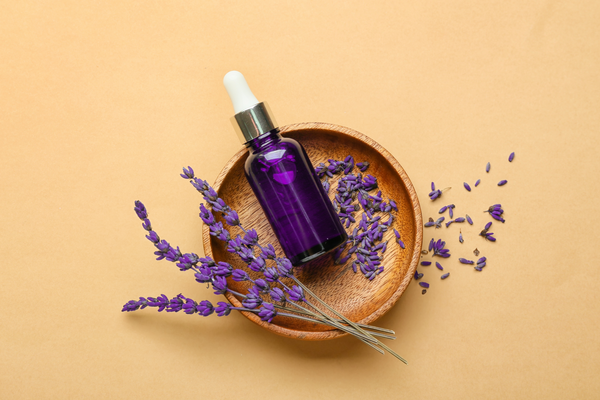In the contemporary landscape, it's hard to escape the pervasive presence of toxic chemicals. They seem to infiltrate everything from our food and water to our body care products and even our clothing. With cancer diagnoses on the rise, particularly among those under 50, the impact of environmental toxins, especially endocrine disruptors, is becoming alarmingly clear. These chemicals can wreak havoc on our hormonal balance, leading to conditions such as diabetes, heart disease, and obesity.
Given the gravity of these health concerns, it's no surprise that many of us are actively seeking ways to minimize our exposure to harmful chemicals. We scrutinize labels for terms like "paraben-free," "phthalate-free," and "BPA-free," opt for organic foods, and switch to all-natural body care products and cleaners. While it's impossible to completely eliminate our exposure to chemicals, we can certainly take steps to lighten the toxic burden we face.

However, in our quest to avoid chemicals, there's been a proliferation of misconceptions, particularly surrounding essential oils. Many self-proclaimed experts tout essential oils as "chemical-free" solutions for everything from air freshening to cleaning. But the reality is far from this notion. Essential oils are, in fact, composed of numerous chemicals known as constituents or components.
For instance, take lavender essential oil (Lavandula angustifolia), a beloved favorite with approximately 52 different chemicals on average. Similarly, tea tree oil (Melaleuca alternifolia) boasts an average of 41 different chemicals. These numbers may come as a surprise, but they underscore the complexity and richness of essential oils.

It's precisely because of these constituents that essential oils possess therapeutic properties or benefits. For example, tea tree oil is primarily composed of terpinen-4-ol, a monoterpenol known for its antibacterial, antiviral, and immune-stimulating properties. Meanwhile, lavender oil contains linalyl acetate and linalool, which are renowned for their calming, anti-inflammatory, and antimicrobial effects.
Understanding the chemistry behind essential oils is key to unlocking their potential benefits. Each chemical constituent contributes to the oil's overall profile and therapeutic properties. However, it's important to note that not all chemicals in essential oils are beneficial. Some oils, like wintergreen and lemongrass, require cautious and informed use due to their potentially harmful effects.

Ultimately, prioritizing our health means using essential oils with respect and responsibility, acknowledging their chemical complexity. By doing so, we can embark on a journey towards a healthier lifestyle, mindful of reducing our exposure to harmful chemicals while harnessing the power of beneficial ones.
References:
Researchers report dramatic rise in cancer in people under 50 — Harvard Gazette
How Environmental Toxins Can Impact Your Health (clevelandclinic.org)
Lavender Oil GCMS | aromatics.com
Tea Tree Oil GCMS | aromatics.com

